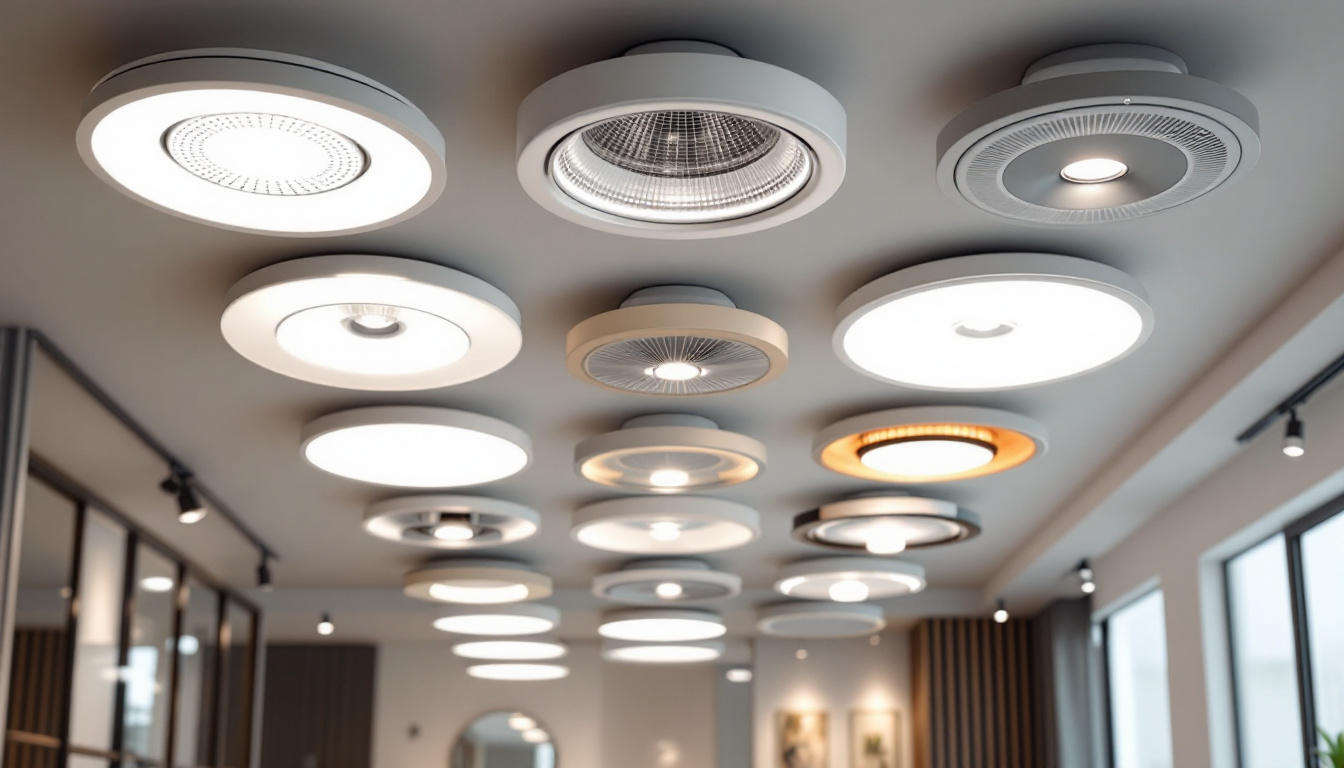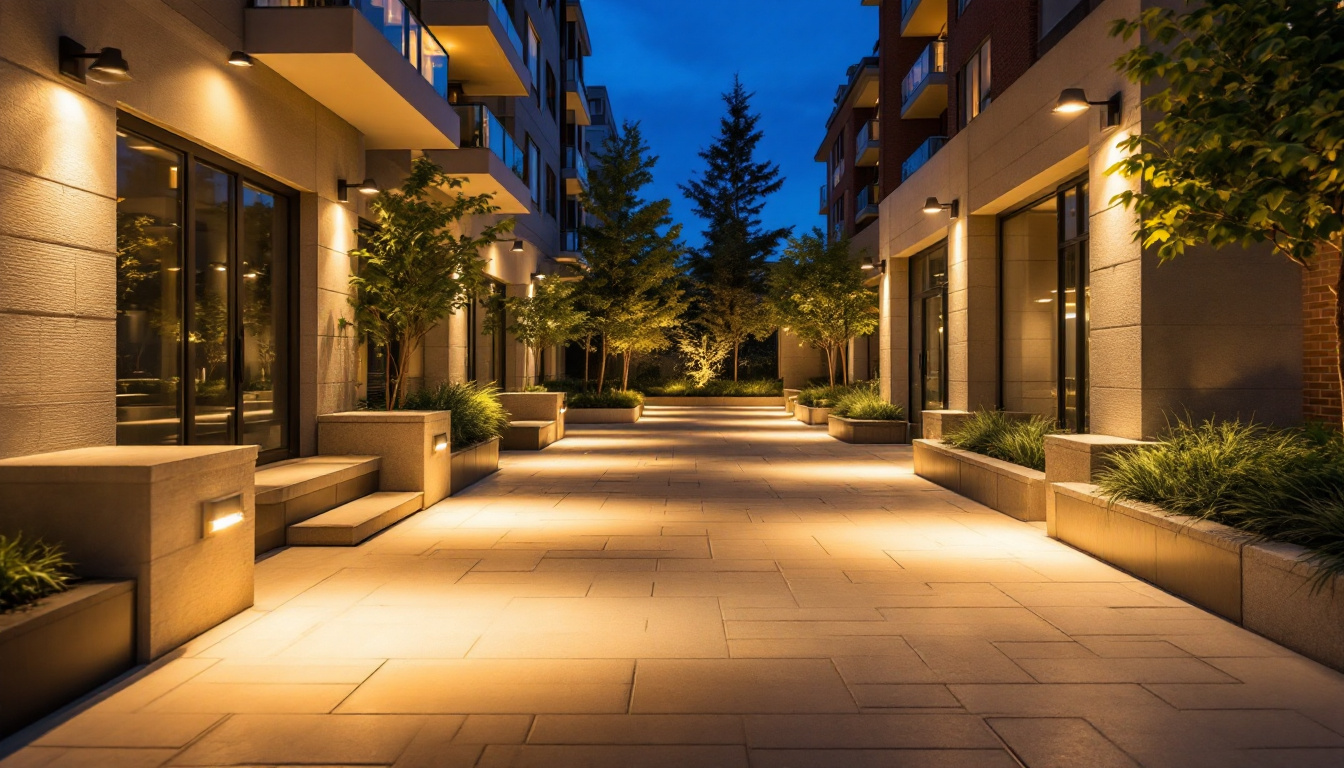
As the demand for energy-efficient lighting solutions continues to rise, many lighting contractors are transitioning from traditional can lights to LED alternatives. While this shift offers numerous benefits, it also presents a unique set of challenges. Understanding the common mistakes that can occur during this transition is crucial for ensuring a successful installation and maintaining client satisfaction. This article will explore these pitfalls and provide insights to help contractors navigate the process effectively.
Before delving into the common mistakes, it’s essential to recognize why the shift to LED lighting is so significant. LEDs not only offer enhanced energy efficiency but also boast a longer lifespan and reduced heat output compared to traditional incandescent or halogen bulbs. This transition can lead to significant cost savings for both contractors and clients alike. The technology behind LEDs has evolved rapidly, making them not only more accessible but also more versatile, allowing for a wide range of applications from residential to commercial settings.
One of the primary reasons for switching to LED is the energy efficiency they provide. LEDs consume significantly less power, resulting in lower electricity bills. For contractors, this means they can offer clients a solution that is not only environmentally friendly but also economically advantageous. The energy savings can be quantified; for instance, switching to LED lighting can reduce energy consumption by up to 80% compared to traditional bulbs, making it a compelling argument for clients looking to cut costs.
Moreover, the longevity of LED lights means fewer replacements and maintenance calls, which can enhance a contractor’s reputation for reliability and quality service. With an average lifespan of 25,000 to 50,000 hours, LEDs far outlast their incandescent counterparts, which typically last around 1,000 hours. However, failing to communicate these benefits effectively can lead to missed opportunities. Contractors should consider providing clients with detailed comparisons and case studies to illustrate the tangible benefits of LED installations, thereby reinforcing the value of their services.
In an era where sustainability is paramount, LEDs contribute to a reduced carbon footprint. Contractors who emphasize this aspect can appeal to eco-conscious clients, positioning themselves as leaders in sustainable practices. The reduction in energy consumption not only lowers utility bills but also diminishes the demand on power plants, which can lead to fewer greenhouse gas emissions. Furthermore, LEDs are free from toxic materials such as mercury, commonly found in fluorescent lights, making them a safer choice for both the environment and human health.
However, neglecting to highlight the environmental benefits can diminish the perceived value of the LED upgrade. Contractors can further enhance their pitch by discussing the lifecycle of LED products, from production to disposal, and how choosing LEDs contributes to a circular economy. By educating clients on the broader implications of their lighting choices, contractors can foster a deeper connection with their clientele, encouraging them to make informed decisions that align with their values and the well-being of the planet.
Despite the clear advantages of LED lighting, many contractors encounter challenges during the transition from traditional can lights. Here are some of the most common mistakes that can hinder the process.
One of the most significant errors contractors make is failing to conduct a thorough assessment of the existing lighting setup before making the switch. Each space has unique lighting needs, and a one-size-fits-all approach can lead to inadequate lighting or over-illumination.
Proper planning involves evaluating the size of the space, the purpose of the lighting, and the client’s preferences. Without this detailed assessment, contractors may install LEDs that do not meet the necessary brightness levels or color temperatures, resulting in dissatisfied clients. Additionally, understanding the layout of the space can help in determining the optimal placement of fixtures to avoid shadows or overly bright spots, ensuring a more uniform light distribution that enhances the overall aesthetic and functionality of the area.
Another common oversight is neglecting to check the compatibility of existing fixtures with LED technology. Not all can light fixtures are designed to accommodate LED bulbs, and using incompatible components can lead to flickering, buzzing, or even complete failure of the lighting system.
Contractors should ensure that they select LED products that are specifically designed for use in can light fixtures. This includes checking for dimming capabilities and ensuring that the electrical components can handle the lower wattage of LED bulbs. Furthermore, it’s essential to consider the thermal management of the fixtures, as LEDs generate less heat than traditional bulbs, which can affect the longevity and performance of the lighting system. Properly matching the LED with the fixture not only enhances energy efficiency but also contributes to a longer lifespan for both the bulbs and the fixtures themselves, ultimately leading to lower maintenance costs for clients.
The market is flooded with various LED products, and selecting the wrong ones can lead to poor performance and client dissatisfaction. Here are some considerations to keep in mind when choosing LED products for can light installations.
Color temperature plays a crucial role in creating the desired ambiance in a space. LEDs come in various color temperatures, typically measured in Kelvin (K). A common mistake is selecting the wrong color temperature, which can drastically alter the look and feel of a room.
For example, a warm white (2700K) may be ideal for residential settings, while a cooler white (4000K or above) might be better suited for commercial spaces. Understanding the intended use of the space and the client’s preferences is essential to avoid this mistake.
Another critical factor is lumen output, which measures the amount of light emitted by a bulb. Contractors often focus solely on wattage, which can lead to underestimating the necessary brightness for a given area. It’s essential to calculate the required lumens based on the space’s size and function.
Using an online lumen calculator or consulting with lighting design professionals can help ensure that the right amount of light is achieved, ultimately enhancing client satisfaction.
Even with the right products, improper installation can lead to a host of issues. Contractors must be diligent during the installation process to avoid common mistakes that can compromise the performance of LED can lights.
LEDs operate at lower voltages, and improper wiring can lead to performance issues or even safety hazards. Contractors must ensure that the wiring is compatible with the new LED fixtures and that all connections are secure.
Additionally, it’s crucial to follow manufacturer guidelines for installation, as each product may have specific requirements that need to be adhered to for optimal performance.
After installation, it’s vital to test the lighting system thoroughly. Many contractors overlook this step, assuming that everything will function correctly. Testing allows for the identification of any issues, such as flickering lights or inadequate brightness, before the project is completed.
By taking the time to test the installation, contractors can address any problems immediately, ensuring a smoother transition to LED lighting for their clients.
Effective communication with clients is essential throughout the transition process. Many contractors fail to educate their clients about the benefits and differences of LED lighting, which can lead to misunderstandings and dissatisfaction.
When switching to LED, it’s important to set realistic expectations regarding performance and aesthetics. Clients may have preconceived notions about LED lighting based on past experiences or misconceptions. Addressing these concerns upfront can help mitigate potential issues down the line.
For instance, some clients might expect LEDs to provide the same warm glow as incandescent bulbs. Educating them about the differences in color temperature and how to choose the right LEDs can foster a more positive experience.
After the installation, clients should be informed about the maintenance and care of their new LED lights. This includes guidance on cleaning, potential issues to watch for, and the expected lifespan of the products. Providing this information not only enhances client satisfaction but also positions the contractor as a knowledgeable professional.
Many contractors neglect the importance of post-installation follow-up. This step is crucial for ensuring client satisfaction and addressing any lingering concerns.
After completing an LED installation, contractors should reach out to clients for feedback. This not only shows that the contractor values their opinion but also provides valuable insights into the installation process and the performance of the lighting.
Feedback can highlight areas for improvement and reinforce positive aspects of the service, ultimately contributing to a contractor’s reputation and future business opportunities.
Providing ongoing support after the installation can set a contractor apart from competitors. Offering to answer questions or address concerns can build trust and encourage clients to recommend the contractor to others.
Additionally, establishing a maintenance plan or service agreement can create a steady stream of business while ensuring that clients feel supported long after the installation is complete.
Transitioning from traditional can lights to LED lighting offers numerous benefits, but it is not without its challenges. By understanding and avoiding common mistakes, lighting contractors can ensure a smoother installation process and enhance client satisfaction. From thorough assessments and product selection to effective communication and post-installation support, each step plays a crucial role in the success of an LED lighting project.
As the industry continues to evolve, staying informed about the latest trends and technologies will empower contractors to provide the best possible service to their clients. Embracing the shift to LED lighting is not just a trend; it’s a commitment to quality, efficiency, and sustainability in the world of lighting design.
Ready to elevate your lighting projects with the efficiency and sustainability of LED? LumenWholesale is here to support you every step of the way. Our spec-grade lighting products are crafted to meet the highest industry standards, ensuring your installations shine with reliability and performance. Say goodbye to inflated markups and hello to unbeatable wholesale prices, plus enjoy the convenience of free shipping on bulk orders. Make the smart choice for your business and your clients by choosing Wholesale Lighting at the Best Value with LumenWholesale. Your journey to exceptional lighting starts here.

Discover how motion detector light switches are revolutionizing the lighting industry and impacting contractors’ profitability.

Discover the essential guide to recessed lighting covers tailored for lighting contractors.

Discover the essentials of track lighting interchangeability for contractors.

Discover how outdoor lighting installations can significantly enhance safety in your surroundings.